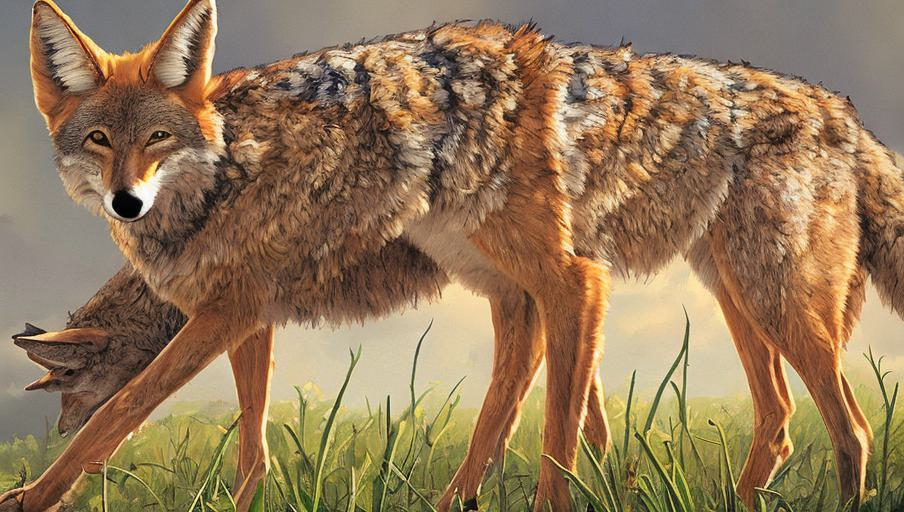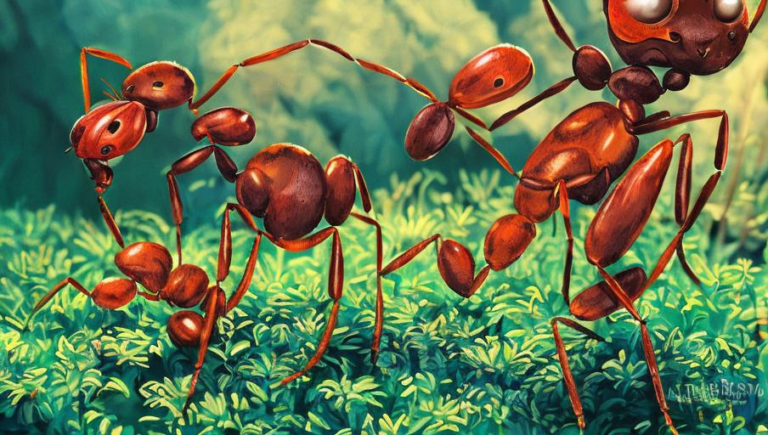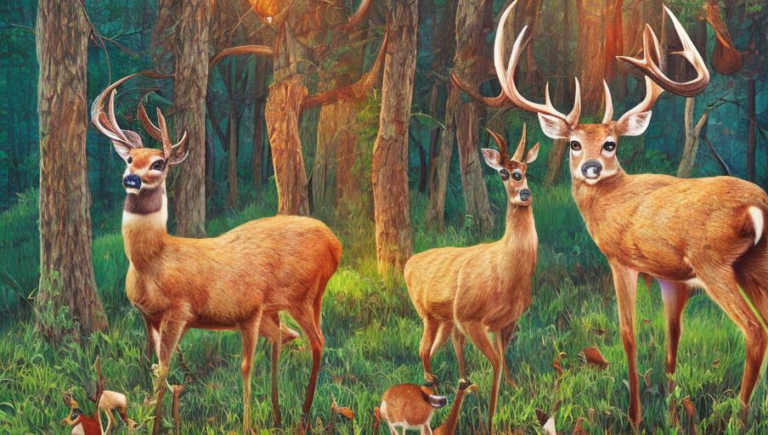Growth of Coyote Populations

Coyote Populations on the Rise
Though coyotes are often associated with the American West, they can be found all across the United States and Canada. In fact, the coyote population has increased significantly over the past few decades, and they are now found in every state in the continental U.S. as well as parts of Canada.
Factors Contributing to their Growth
There are several factors that have led to the rapid growth of coyote populations. The first is their ability to adapt to a variety of different habitats. Coyotes have been able to survive in forest, desert, and even urban areas. They have also adapted to different food sources, including rodents, rabbits, and even garbage.
Another factor that has contributed to their growth is the lack of natural predators. Coyotes are rarely preyed upon by large animals, such as wolves, and they have few natural predators. This has allowed the coyote population to grow without the threat of predation.
The Impact of Human Interaction
Human interaction has had a significant impact on coyote populations. The destruction of their natural habitat has forced coyotes to move into areas populated by humans. As a result, they are now more likely to come into contact with humans, which can lead to conflicts.
In addition, humans have also had an impact on the coyote’s diet. As humans develop land, they often leave behind sources of food, such as garbage and pet food. As a result, coyotes are drawn to these areas, leading to conflicts with humans.
Managing Coyote Populations
Though coyote populations are growing, there are ways to manage their numbers. One way is to limit access to food sources. This could include eliminating garbage and pet food from yards, and keeping pet food indoors. This will reduce the chances of coyotes being drawn to populated areas.
Additionally, it is important to educate people about coyotes and how to coexist with them. This could include teaching people how to recognize coyote behavior, such as howling and growling, and what to do if they encounter a coyote.
Finally, it is important to protect coyote habitats. This can be done by preserving existing habitats and creating new ones. This will provide coyotes with the space and resources they need to thrive.
Conclusion
Coyote populations have grown significantly over the past few decades, and they are now found in every state in the continental U.S. and parts of Canada. This growth has been driven by the animal’s ability to adapt to different habitats, a lack of natural predators, and human interaction. Managing coyote populations requires limiting access to food sources, educating people about coyotes, and protecting their habitats.





